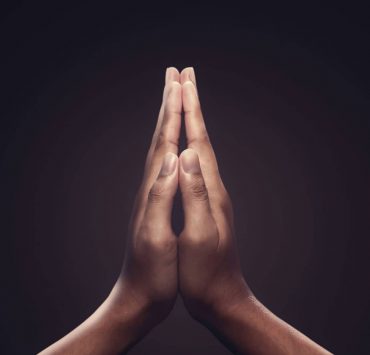
Susan views the world through a lens of spirituality, health,…
Breathing is so important in yoga. And that is because breath is one of the easiest ways to connect to prana. Prana is an all-encompassing life force energy that exists and makes up everything. It is in everything that is seen and unseen, alive and inanimate.
Many cultures around the world recognized the existence of this energy. For example, in China and Japan, it was called Qi and Ki, respectively.
Accessing and activating how prana moves through your body through yoga asana and pranayama (yogic breath control techniques) is key to keeping balance in your body and staying healthy.
There are five different types of prana which move and function in specific ways. They are part of the subtle, energetic anatomy of your body which you can learn to manipulate through regular yoga, meditation, and pranayama practice.
What is Prana

The Sanskrit word, prana, literally means breath, or more specifically, the breath of life. It is an important concept from texts as far back as 3,000 years ago in the Chandogya Upanishad. The understanding of prana was developed more in later Upanishads and it remains central to traditional practices in Hatha and Tantra yoga.
BKS Iyengar described prana as bioelectrical energy created through breath by the opposing forces of fire and water.
He also further described prana as an auto-energising force that helps to neutralize the constant fluctuations of the mind.
Prana is stored in the energetic body in seven chambers. Many people are already familiar with these chambers as the seven chakras along the spine.
When prana flows, your entire physical and energetic system remains balanced. But if there is a blockage or even too much prana in certain chakras, this can lead to imbalances and even health, mental, and emotional disturbances.
Prana Through the Chakras and the Energetic Body
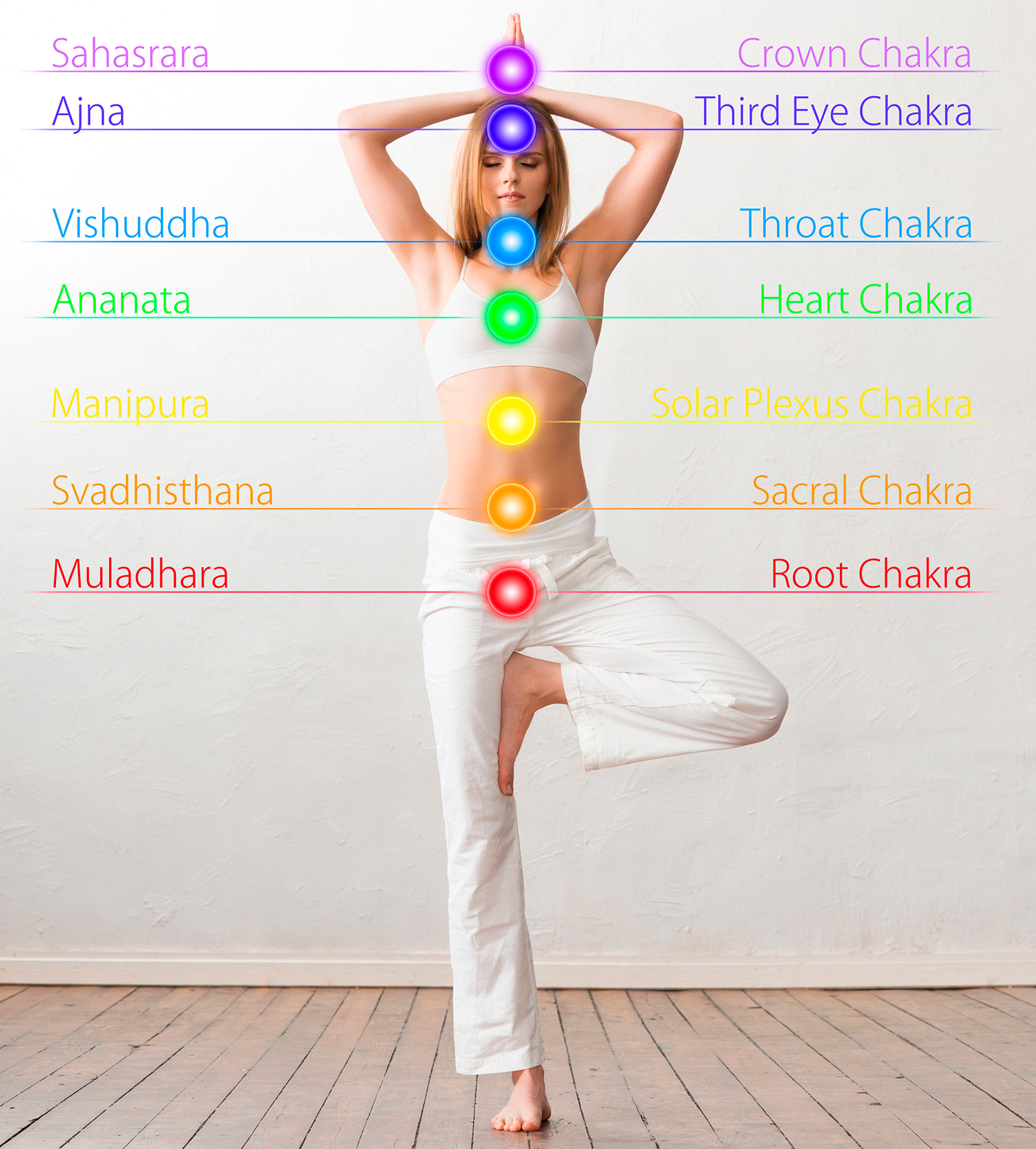
The physical body is easy to study and observe. It is made up of our skeletal system, muscular system, and everything that we can see, feel, hear, and touch with our senses.
But we also have an energetic anatomy. This body is subtle and has also been studied and recorded for thousands of years. This is especially true in the east where cultures in India and China regard the energetic body as a crucial part of overall health and wellness in traditional healing systems.
Central to understanding how prana moves through the body is to visualize rivers, or nadis, as they are called, flowing through your body. There are three particularly important nadis are located along your spine and to the left and right of it.
The central channel of these rivers is the sushumna. This river begins at the base of your spine and moves all the way up along your spine and out the crown of your head.
On the right side of sushumna nadi is pingala nadi. This is associated with more solar or masculine energies. It begins at the base of the spine, and exists through your right nostril. Because of its main location on the right side of your body, it is connected with left brain dominance (which physiologically controls your right body). The left brain leans more towards analytical, logical, and strategic thinking.
The other main nadi on the left side of sushumna is ida nadi. This is connecte with lunar and feminine energies. Just like pingala, the ida nadi begins at the base of your spine and exits out your left nostril. It is associated with right brain dominance which leans towards out-of-the-box thinking, creativity, and taking information as a whole rather than sequential.
Ida and Pingala nadis criss-cross and form a double helix pattern that resembles DNA. Wherever these two nadis intersect at sushumna nadi, an energy center, or chakra is formed.
Just like the nadis, there are countless chakras in your body. But most focus on the seven major chakras.
- Muladhara – Root Chakra – located at the base of your spine
- Svadhisthana – Sacral Chakra – located two inches below your belly button
- Manipura – Solar Plexus Chakra – placing the location of this chakra at your solar plexus is more of a new age invention. In traditional subtle anatomy, the manipura chakra is located two inches above your navel
- Anahatha – Heart Chakra – located at your heart
- Vishuddha – Throat Chakra – located at your throat
- Ajna – Third Eye Chakra – located in-between your eyebrows
- Sahasrara – Crown Chakra – located about foot above the crown of your head
Prana already naturally flows through the nadis and activates each chakra. Through different breathing techniques, called pranayama, and asana, you can help the flow of energy and quality of the prana flowing in your system.
Connecting to Prana through Breath (Pranayama)
Five different prana, or vayus, move through your body. These are winds which have different characteristics and can affect you in different ways. But through the practices of yoga asana and pranayama, you can learn to access and help the vayus move in your system for optimal health and well-being.
Of course, anatomically, breath can only enter your body until your lungs for oxygen exchange. But prana is part of your subtle and energetic anatomy so it can be manipulated with your focus and awareness.
1. Apana Vayu
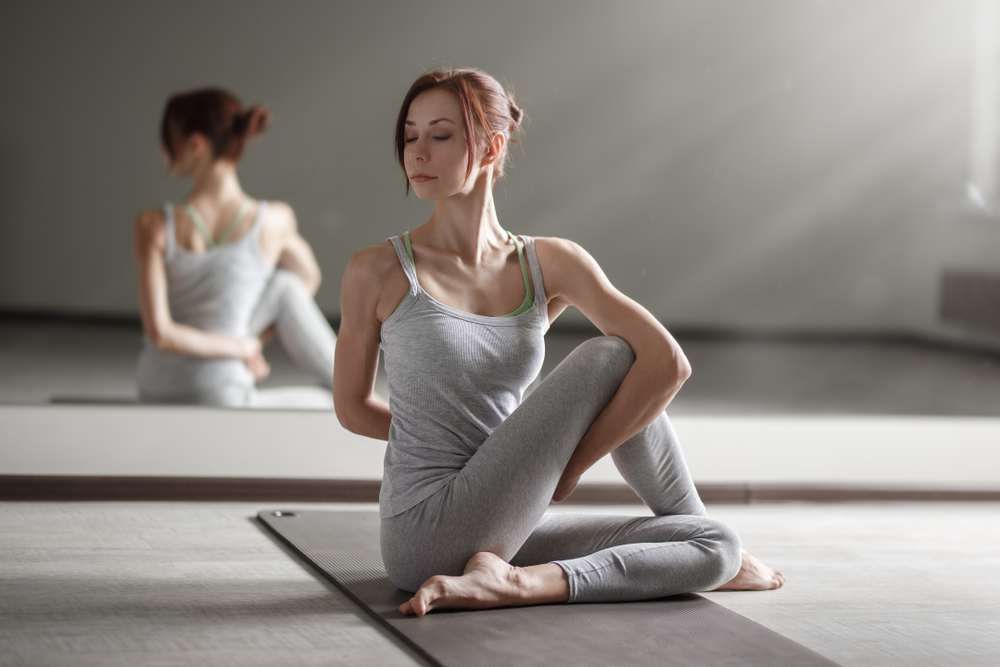
Movement: Down and Out
Function: Elimination
Location: Lower Abdomen – Muladhara and Swadhisthana
Everything that enters your body must go out, whether it’s food, liquid, or breath. This occurs most obviously on a physical level through the elimination of urine, stools, and menstruation. Ease in elimination is a sign of healthy apana vayu.
But this also applies to the elimination of unhealthy thoughts. Controlling the distractions of your mind and letting go of the fluctuations in your thoughts is an indication of healthy flowing apana vayu.
Blocked apana vayu can manifest as physical blockage in your lower belly. It can make you slow and sluggish and feel unsupported and ungrounded.
To help the apana with its downward and out movement, you can try this visualization practice as you breathe. It can be used in any standing, seated, or even twisted asana yoga pose.
Inhale – Breathe through your nose and use your awareness to follow your breath into your body all the way down to the base of your spine, to your pelvic floor.
Exhale – Feel, or imagine you can feel, your breath moving downwards through your legs and out the soles of your feet where they connect with the earth. Let this breath connect you to the ground and to the entire planet.
2. Samana Vayu
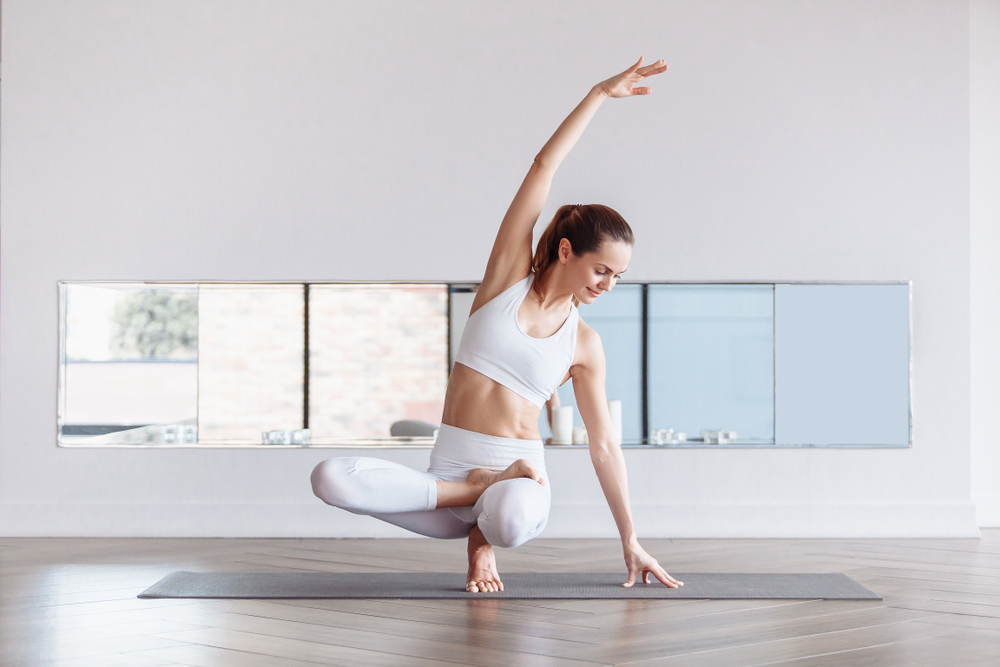
Movement: Balance and Equilibrium
Function: Digestion
Location: Solar Plexus – Manipura
Proper digestion leads to healthy elimination. This is where samana vayu comes into play. You must not only digest food and matter, but you also process all of your life experiences in a balanced and healthy manner.
Unhealthy digestion will weigh you down over time and deplete you. This is manifested through a physical illness, especially with your digestive system, or being unable to talk or think about difficult experiences.
When samana vayu is strong, food and nutrients are digested properly, and you will be able to turn life’s challenges into learning experiences rather than hold on to them as trauma.
Focus on samana vayu with full diaphragmatic breathing exercises. Directing your breath to your navel region allows you to access your center of power and inner intelligence.
This breathing exercise will be most beneficial in asana that involve core work, seated forward folds, and arm balances.
Inhale – Let your breath fill up your entire torso. Feel yourself expand towards the front, back, and sides. Allow your belly to completely relax.
Exhale – Visualize the breath moving over your body to distribute prana evenly.
Inhale – Fill up your entire torso as before.
Exhale – Move your breath deep into the center of your body. Visualize a center of energy that grows brighter with each inhale and exhale.
3. Prana Vayu
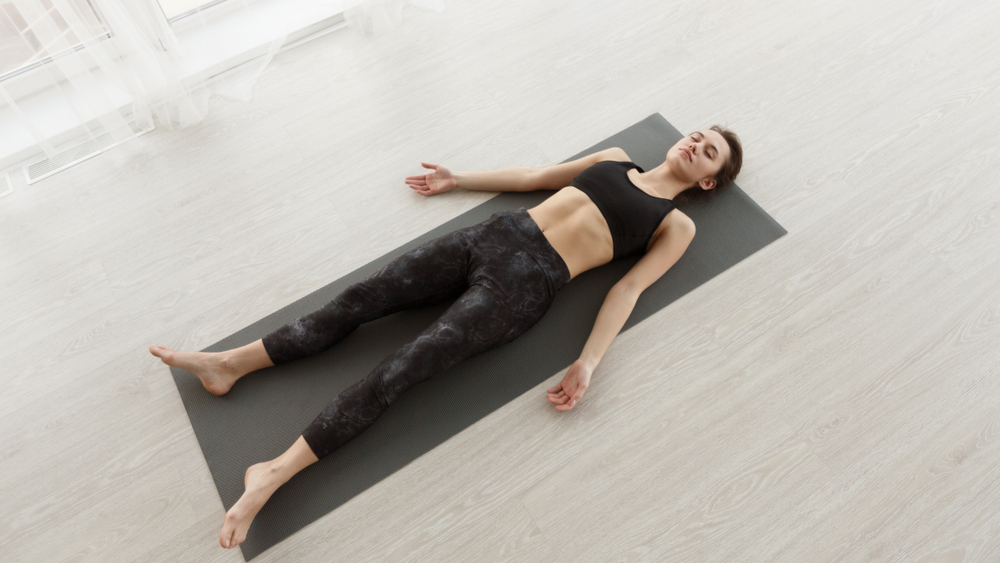
Movement: Inwards
Function: Inhaling, Eating, Drinking, Swallowing
Location: Chest – Anahata and Vishuddha
Prana Vayu is the most fundamental of all the winds because it applies to everything you take in through your five senses. Too much noise input can damage prana vayu and cause sensory overload.
Healthy prana vayu enables you to turn away from tempting stimulants and appreciate silence. You will have a greater ability to not be distracted even by your own mind.
Activate prana vayu in meditation or in still poses like Tadasana (Mountain Pose) or Savasana (Corpse Pose).
Inhale – Gently breathe in through your nose and move prana to the center of your mind.
Exhale – Imagine your breath turning into a light. Allow this light to purify your mind of noise, distractions, and clutter.
4. Udana Vayu
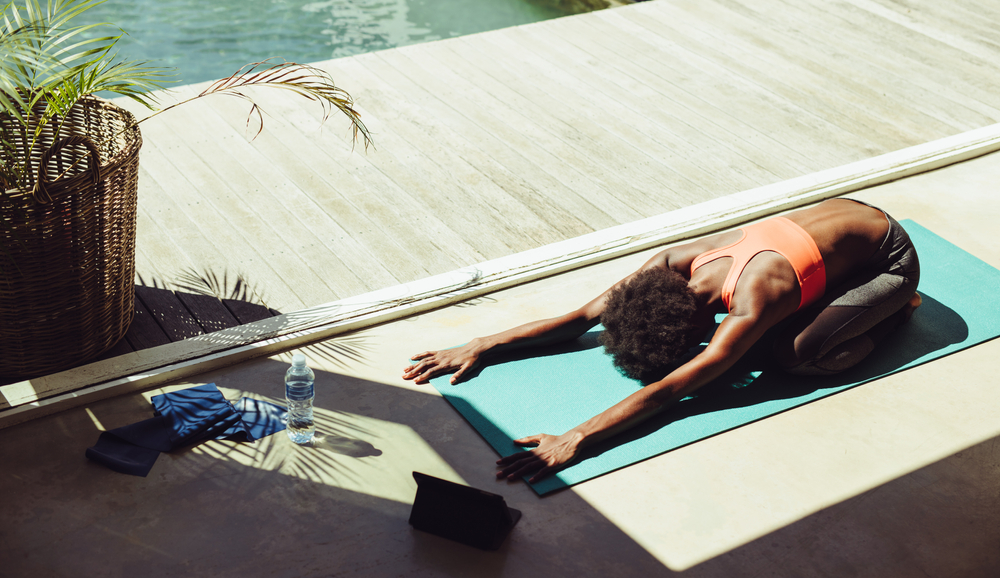
Movement: Upwards
Function: Growth and Clear Perspective
Location: Throat Visuddha and Ajna
The upward motion of udana vayu controls growth and expansion. A healthy, flowing udana vayu allows you to go beyond the limits and challenges in your growth.
When udana vayu is blocked, indicators may be a stagnant career, lack of enthusiasm, and the inability to express your needs.
Too much udana vayu may lead to overconfidence, pride, and arrogance.
Lion’s breath and ujjayi are powerful pranayama to get udana vayu moving properly. This visualization exercise can also help you access udana vayu in any standing, supine, seated, or or prone yoga asana.
Inhale – imagine the energy rising up from the soles of your feet, into your legs, up your spine, and chest.
Exhale – continue this upwards movement of energy from your chest, out the crown of your head.
5. Vyana Vayu

Movement: From the Heart Center and Outwards
Function: Circulation
Location: Skin and Periphery – Anahatha and Sahasrara
Vyana vayu supports overall health on all physical and energetic levels. It is an expansive force that begins from your heart and radiates outwards past your skin.
It balances the left and right sides of your physical body, and supports the circulation of prana through the nadis.
When vyana vayu flows freely, your thoughts and emotions also flow with no resistance.
Practice this visualization in back bending asana, lateral stretches, any vinyasa flow, and all static yoga poses.
Inhale – Follow your breath as it enters your heart, filling up the deepest, darkest crevices within.
Exhale – Allow this breath to be purified. Spread it all over. Fill up every cell with life-nourishing prana. Let this energy expand beyond your own skin and body.
The Most Powerful Pranayama for Prana Awareness
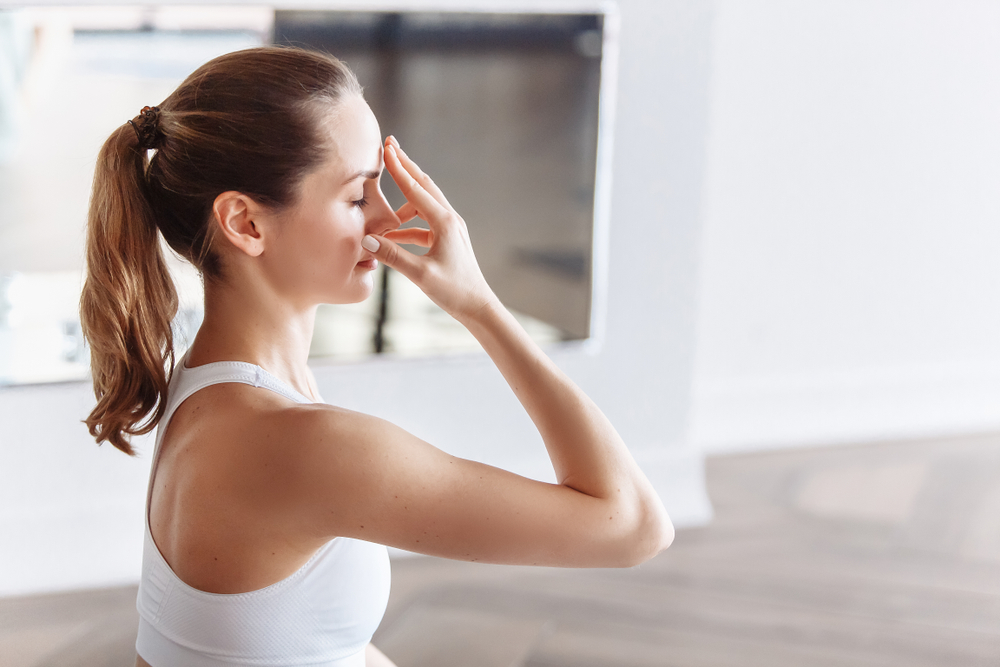
Nadi Shodhana Pranayama or Alternate Nostril Breathing is one of the most effective pranayama practices you can do to be more aware of the prana in your system. It has even been touted by India’s Prime Minister Nahendra Modi as a way to boost your immune system.
Practice:
- Sit comfortably with your spine tall and chest wide. Keep a gentle smile on your face which is said to help the release of prana from the ida and pingala nadis.
- Rest your left hand on your knees with your palms facing upwards.
- Place the tips of the middle and index fingers of your right hand between your eyebrows. Curve your middle and little fingers towards your left nostril and your thumb towards your right nostril.
- Close your eyes and lengthen your breath.
- Press your right nostril with your thumb to block the air as you gently exhale out your left nostril.
- Inhale through your left nostril.
- Switch by pressing your left nostril closed with your ring and little fingers to exhale and inhale through your right nostril.
- Repeat this cycle at least nine times.
- After nine rounds, rest your right hand on your knees with your left hand and continue breathing deeply for a few breaths with your eyes closed.
Conclusion
Prana is a vital life force energy that exists in all things, including yourself. Even with a basic understanding of the subtle anatomy of your energetic body, you will begin to understand how this all-pervasive energy affects you.
Use pranayama and yoga asana to access and control the different pranas or vayus in your body to increase energy and your overall health and well-being.
What's Your Reaction?
Susan views the world through a lens of spirituality, health, and compassion. Her positive outlook on life shines through her writing, which is heavily focused on yogic living, meditation, and conscious eating.







